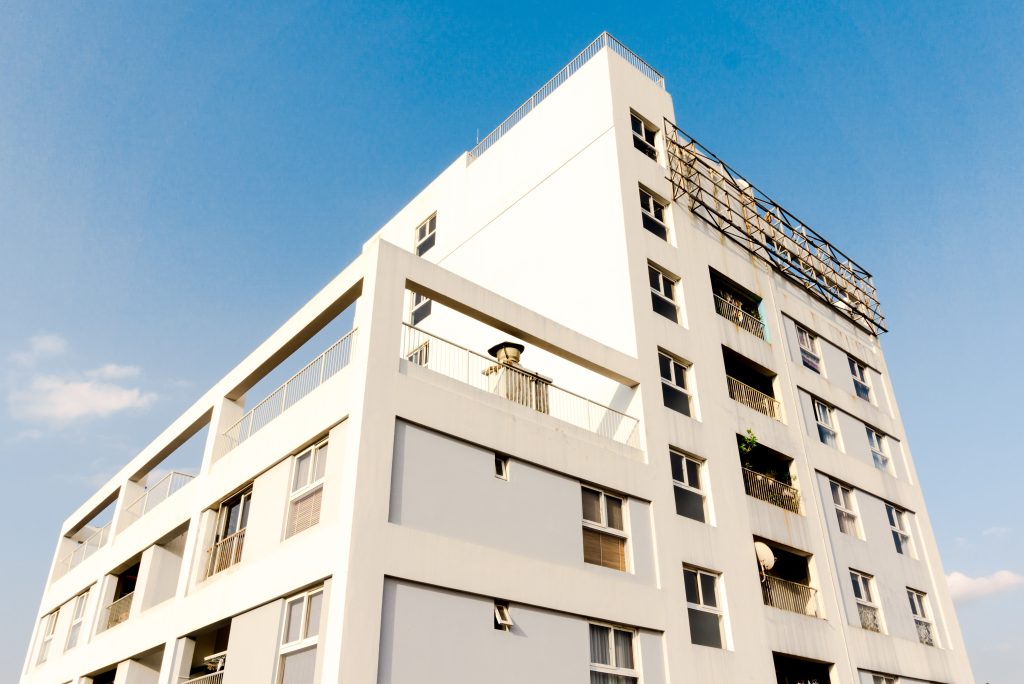What is rental yield and how to calculate it
When deciding whether to invest in residential or commercial real estate, rental yield can be one of most effective ways to determine a particular property’s potential. But what does rental yield mean and how does it affect your decision making process?
What Is rental yield?
Rental yield is a measure of how much income your property generates as a percentage of the property’s whole value. In other words, it’s how much you are making off your property when compared to how much it’s worth. It’s an important metric in property data and one that any investor should investigate, understand and calculate.
Gross yield versus net yield
Gross yield is often the most quoted and is calculated using two figures: the annual rental income and property value. It can prove valuable as an overarching guide, but not as useful when it comes to decision time.
This is where net yield comes in. Net yield is the calculation that includes all the expenses involved in renting a property and therefore presents a much clearer picture of the actual rental return.
How to calculate gross yield
As mentioned, to calculate the gross figure, you need the annual rental income and the property value. The property value can either be the purchase price or what it’s currently valued at (market value).
Once you have established these, the equation is as follows:
Gross rental yield = (annual rental income / property value) x 100
For example, if you are charging $10,000 a month, and paid $2,000,000 for your property, the calculation would be $10,000 x 12 months, divided by $2,000,000, multiplied by 100. In numerical terms, this is:
Gross rental yield = (10,000 x 12 / 2,000,000) x 100
This would result in a yield of 6% on purchase value. However, if the value of your property has changed since purchasing, you may want to consider calculating using the current market value to provide an indication of what you should be charging to determine if your property is performing relative to the current market yield.
How to calculate net yield
Net yield provides a much more comprehensive picture of the income return on any investment, but takes longer to calculate as it requires multiple factors, some of which may need to be estimated.
When calculating net yield, you will need to research all of the expenses associated with a property, annual and one off, including but not limited to:
• Vacancy costs
• Capital Repairs
• Insurance
• Strata Fees
• Land Tax
• Council rates and charges
• Transaction costs such as stamp duty, legal fees, building inspections
• Renovations or furnishings pre tenant
• Mortgage interest repayments
With commercial property, you will likely be able to recover a number of these expenses directly from the tenant, so when calculating the net yield you only need to include the Non-recoverable expense.
You will need to add up all one-off property costs to get a total property cost figure (including purchasing costs), and then add all the recurring non-recoverable expenses for a total annual expenses number.
The equation is then:
Net rental yield = [(Annual rental income – Annual Non-recoverable expenses) / Total property cost] x 100
This translates to the annual rental income minus annual non-recoverable expenses, divided by total property cost and then multiplied by 100.
Therefore, if calculating the net yield on the previous example, the annual rental income is $10,000 x 12 and the purchase cost was $2,000,000. The overall cost of purchase was $2,150,000 and the annual non-recoverable expenses are $25,000. Therefore, the net rental yield would be calculated with:
Net rental yield = [(10,000 x 12 – 25,000) / 2,100,000] x 100
The net rental yield would be 4.52%. For a comprehensive analysis, it’s essential you can estimate or investigate as many costs as possible, in order to present an accurate end figure.
Comparing rental yield
Knowing how to work out rental yield is no good unless you have a benchmark to compare it to. So what is good rental yield? In broad terms, the higher the rental yield, the better the rental return. However, this is a not a one size fits all solution as the definition of good rental yield can change based on individual circumstances, including location, specialisation and potential for capital gains. A higher rental yield may also be a result of more risk associated with a particular property i.e. an older property may attract a higher rental yield than a new to compensate for risk.
That said, some cities generally have better rental yield than others, and often, commercial rental yield can offer different results to residential real estate.
Investing in commercial property has plenty of benefits, including strong returns, income stability, low risk, tax benefits and investment control. Most importantly, commercial properties generally have a higher rental yield, sitting between 5-10% net, instead of the residential figures of 3-4% gross. This is due to a few factors – rent reviews are usually included in rental contracts, allowing for increases; tenants pay for rates, taxes and insurances (dropping the annual expenses).
So how should rental yield impact the decision-making process when investing in new property? While important and definitely should be considered, it should not be the only factor you base any decision on.





